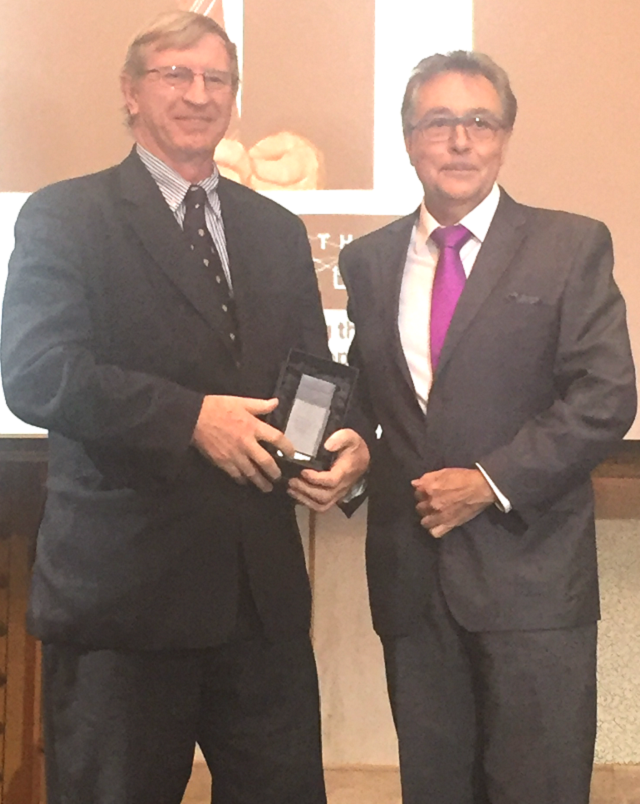We've been attending the World Marrow Donor Association (WMDA)'s spring meeting in Singapore, where we've been working with other registries from across the world to ensure transplants and stem cell donations save more lives than ever. Ann O'Leary, our Head of Register Development, gives us the full report.
This week I’ve been privileged to attend the World Marrow Donor Association (WMDA) Spring meeting and the biennial International Donor Registries Conference (IDRC) in Singapore.
The proceedings kicked off first thing on Monday morning with the WMDA meeting and we launched straight into a series of really productive and informative sessions. The WMDA works with donor registries around the world to make sure we’re providing high quality stem cells for our patients and we’re supporting and protecting our donors.
Over two days, group sessions and smaller working groups discussed a range of topics related to donation and transplant – everything from medical criteria for donors to IT issues, from quality & regulation to specifics about tissue typing. We heard about the launch of the new Bone Marrow Donors Worldwide platform and website, which is the result of extensive international collaboration that Anthony Nolan is pleased to have played a leading role in.
The International Donor Registries Conference (IDRC)
Yesterday morning saw the opening of the IDRC, where WMDA members were joined by colleagues from transplant centres and other interested people.
Two years ago, as part of our 40th anniversary celebrations, Anthony Nolan hosted this event in London. We were really proud of welcoming people to the UK for IDRC 2014 and the scientific programme and events that we planned, so my expectations were high for Singapore.
The conference opened with an amazing traditional Singaporean lion dance, accompanied by a group of drummers. It definitely made sure that all us attendees were wide awake and ready for the host of thought-provoking debates and interesting presentations over the next two days. Among lots of other things, the topics covered selection of donors, cord blood donation, patient and donor safety and ethics.
We heard from a number of donor registries about research studies and specific initiatives that have helped them to develop, both through presentations and through scientific posters (including two posters from Anthony Nolan). And I was proud to hear Nic Alderson, Director of Operations from Anthony Nolan, deliver a fantastic presentation about collaborative work between transplant centres and registries to reduce time to transplant.

Working with the WMDA
Anthony Nolan was the first ever donor registry in the world, and at each IDRC we present an award in memory of our founder, Shirley Nolan. The award is given to a member of the community who exemplifies the qualities that Shirley was known for – unending passion to improve outcomes for patients in need of a transplant and a drive to innovate and not accept obstacles in the way of her vision.
This year, our Scientific Director Professor Alejandro Madrigal presented the Shirley Nolan award to Professor Jeremy Chapman. Professor Chapman was instrumental in the foundation of the Australian Bone Marrow Donor Registry in the early 1990s and now holds the role of Chairman of the organisation. He gave a fascinating lecture about the early days of the Australian registry which included showing some inspiring pictures of Shirley during her time in Australia. He talked about the changes that he has seen over the years, recalling the celebration when the worldwide registries reached 1 million potential donors and applauding the fact that this has now grown to almost 29 million.
Professor Chapman closed with an inspiring call to action for the stem cell donation and transplant community – a lot has been done, but there is more to do. And in the spirit of Shirley Nolan, we need to continue to push and innovate to achieve her vision.

Looking forward to 2018
The last four days were packed full of insight, education and opportunities to collaborate with international colleagues. IDRC 2016 closed with the announcement that the next IDRC will be hosted by the German donor registry, ZKRD, in Munich in 2018. We can look forward to that and to the important work that registries will do over the coming years to improve outcomes for patients.
